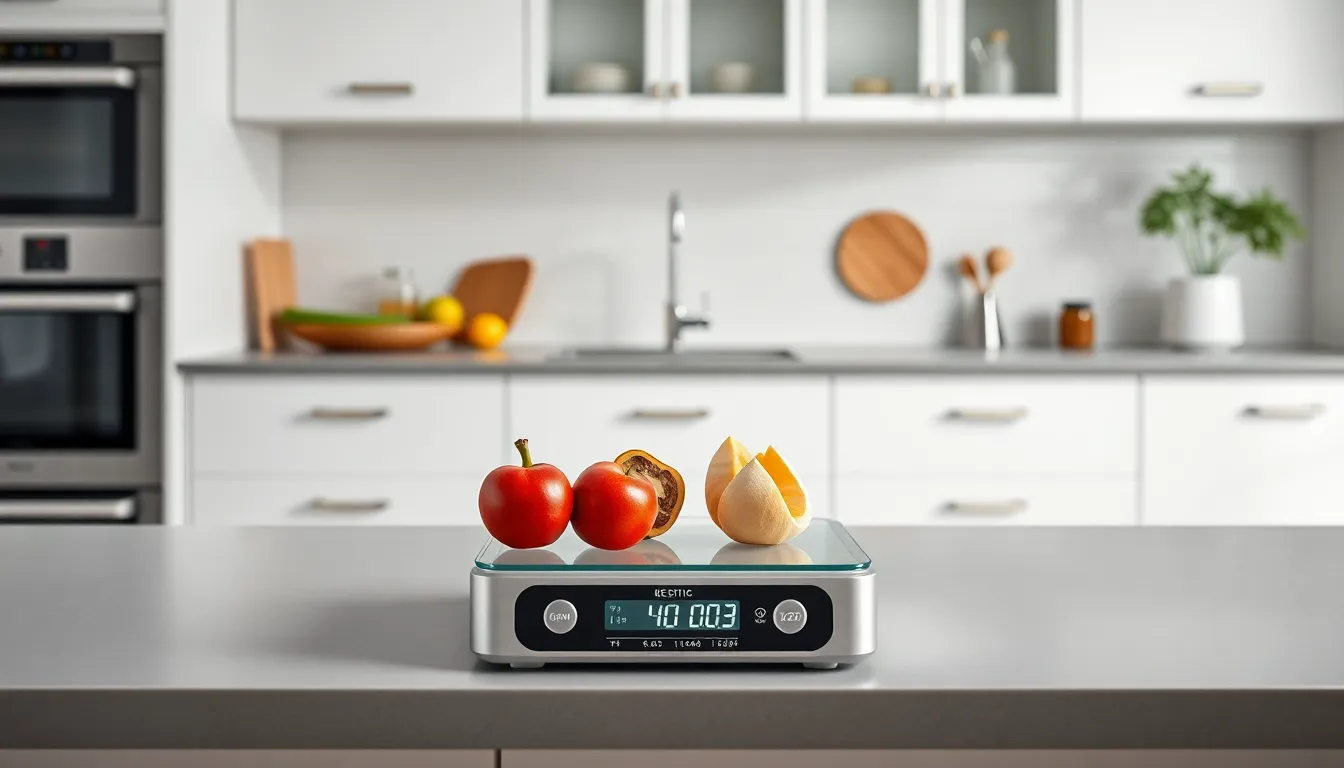Understanding weight measurements is crucial in everyday life, whether it’s cooking, shipping, or fitness. The metric system, widely used around the world, simplifies these measurements, making it easier to convert between units. One common question that arises is how many grams are in a kilogram.
A kilogram is a fundamental unit of mass in the metric system, and it’s essential to know its equivalent in grams for accurate measurements. With 1 kilogram equal to 1,000 grams, this relationship not only aids in precise calculations but also enhances comprehension of larger quantities. This article will delve into the significance of this conversion and explore its practical applications in various fields.
Table of Contents
ToggleUnderstanding Kilograms and Grams
Understanding weight measurements greatly benefits daily activities. The metric system offers a clear framework for conversion, particularly between kilograms and grams.
The Metric System Explained
The metric system standardizes measurements used globally. This system employs units based on powers of ten, simplifying calculations. A kilogram represents a base unit of mass, while the gram serves as a subdivision. Specifically, 1 kilogram equals 1,000 grams, making it easy to scale measurements. This structure facilitates easier conversions, whether measuring ingredients in recipes or assessing package weights.
Importance of Unit Conversion
Unit conversion remains vital in various contexts. Accurate conversions ensure precise measurements in cooking, shipping, and health-related activities. Knowing that 1 kilogram equals 1,000 grams eliminates confusion in recipes and dosage calculations. Correct conversions contribute to efficiency and safety across personal and professional areas. Understanding these relationships enhances one’s ability to manage weights accurately and confidently.
Converting Kilograms to Grams

Understanding the conversion between kilograms and grams is essential for accurate weight measurements. This section outlines the formula for conversion and provides practical examples.
The Conversion Formula
The formula for converting kilograms to grams is straightforward:
[ text{grams} = text{kilograms} times 1,000 ]
This formula ensures easy calculations, with one kilogram equating to 1,000 grams.
Examples of Conversion
Several examples illustrate the conversion from kilograms to grams:
- 1 kilogram = 1,000 grams
- 2 kilograms = 2,000 grams
- 5 kilograms = 5,000 grams
- 10 kilograms = 10,000 grams
These examples demonstrate the linear relationship between kilograms and grams, confirming the ease of converting weights using the metric system’s structure.
Practical Applications
Understanding the conversion from kilograms to grams plays a vital role in various day-to-day activities and professional fields. This section explores their significance in everyday scenarios and within scientific and industrial contexts.
Everyday Uses of Kilograms and Grams
Cooking commonly uses kilograms and grams for ingredient measurements. Recipes often specify weights to ensure accuracy and consistency, such as 500 grams of flour or 250 grams of sugar.
Shopping and shipping also rely on these measurements. Products frequently list weights in kilograms for clarity, while shipping services calculate costs based on the weight of packages in grams.
Fitness professionals track food intake and nutritional values using grams to measure proteins, carbohydrates, and fats. For example, a protein shake might contain 30 grams of protein per serving, aiding individuals in maintaining balanced diets.
Importance in Science and Industry
In scientific research, precise measurements are paramount. Many experiments require specific weights in grams to ensure validity. For instance, chemical reactions often necessitate compounds measured in grams to achieve accurate results.
Manufacturing sectors also depend on these measurements for quality control and compliance. Ingredients are weighed in grams during production processes, ensuring both consistency and regulatory adherence.
Pharmaceutical industries utilize this conversion for dosing calculations. Medication dosages are often specified in milligrams, requiring conversions to grams for proper dispensing. For example, a medication prescribed at 500 milligrams equates to 0.5 grams, ensuring patients receive accurate treatments.
These practical applications confirm the necessity of understanding the kilogram-to-gram conversion across various fields, enhancing daily efficiency and professionalism.
Common Misconceptions
Misunderstandings about weight measurements often lead to confusion. Recognizing these common misconceptions clarifies the importance of accurate conversions between kilograms and grams.
Confusion with Other Units
Many individuals confuse kilograms with other units like pounds or ounces. Kilograms belong to the metric system, while pounds are part of the imperial system. One kilogram equals approximately 2.20462 pounds, a fact that can complicate conversions for those familiar with imperial measurements. Additionally, some may interchange grams with milligrams, forgetting that 1 gram equals 1,000 milligrams. Keeping these distinctions clear aids in avoiding mistakes during calculations.
Clarifying the Difference
Clarifying the difference between kilograms and grams is essential for accurate weight assessment. A kilogram serves as a larger unit of mass, defined as exactly 1,000 grams. It’s crucial to remember that larger quantities like kilograms help express heavier weights, while grams provide precision for smaller weights. This relationship emphasizes the metric system’s efficiency in conversions and helps ensure precise measurements in cooking, shipping, and various fields. Understanding these differences minimizes confusion and promotes correct usage of weight measurements.
Understanding the conversion between kilograms and grams is essential for accurate measurements in everyday life. Whether cooking meals or shipping packages the ability to convert these units simplifies tasks and enhances efficiency.
With 1 kilogram equaling 1,000 grams this straightforward relationship empowers individuals to manage weights confidently. Embracing the metric system not only facilitates easier calculations but also promotes precision in various fields.
By grasping these concepts individuals can navigate weight measurements with ease ultimately leading to better outcomes in personal and professional endeavors.






